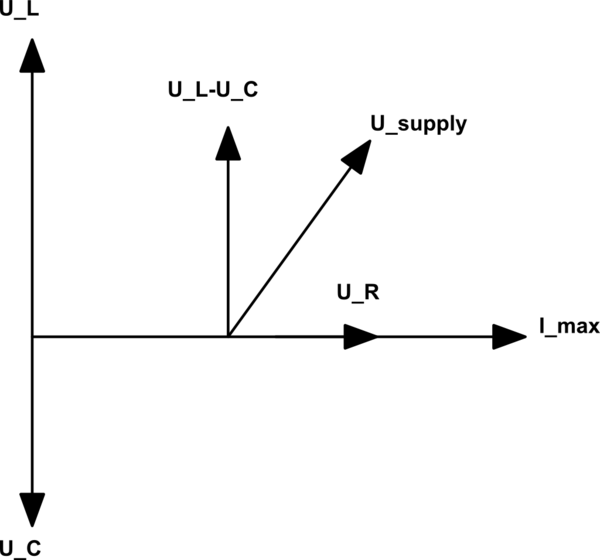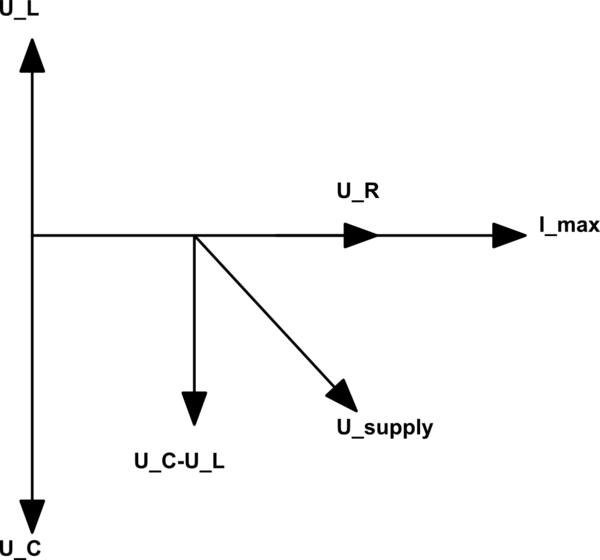I am trying to solve a LCR related exercise, but I ran into a problem.
Here is the exercise task and information:
An alternating current circuit is composed of a 50 Ω resistor, an ideal inductor with an inductance of 10 mH and 1 μF capacitor. Find out the frequencies of the AC for which a phase difference of \$\frac{π}{4}\$ is present between the supply current and the supply voltage.
So:
\$R=50\ Ω\$
\$L=10\ mH=10^{-2}\ H\$
\$C=1\ μF=10^{-6}\ F\$
I also know know the value of the resonant frequency if it helps.

simulate this circuit – Schematic created using CircuitLab
Since it is not specified which of the current and voltage leads, I've figured that there will be only two values, one below the resonant frequency when the entire circuit acts as a capacitor and the other bigger than the resonant frequency when the circuit works as an inductor.


For the first diagram:
\$tan\ φ=\frac{X_L-X_C}{R}\$
\$tan\ \frac{π}{4} =\frac{X_L-X_C}{R}\$
\$\frac{X_L-X_C}{R}=1\$
φ is the angle between the voltage phasor and the current phasor. The phasor values are all peaks.
Something similar can be written for the second phasor diagram.
The problem is that if I continue solving the above equation I will be obliged to deal with a quadratic equation which makes me think I'm overcomplicating everything, given the numbers I have to use in order to calculate \$\Delta\$ and then find \$\omega_1\$ and \$\omega_2\$. I'm thinking that there is an easier way to solve the task.
How should I go about solving this exercise?

